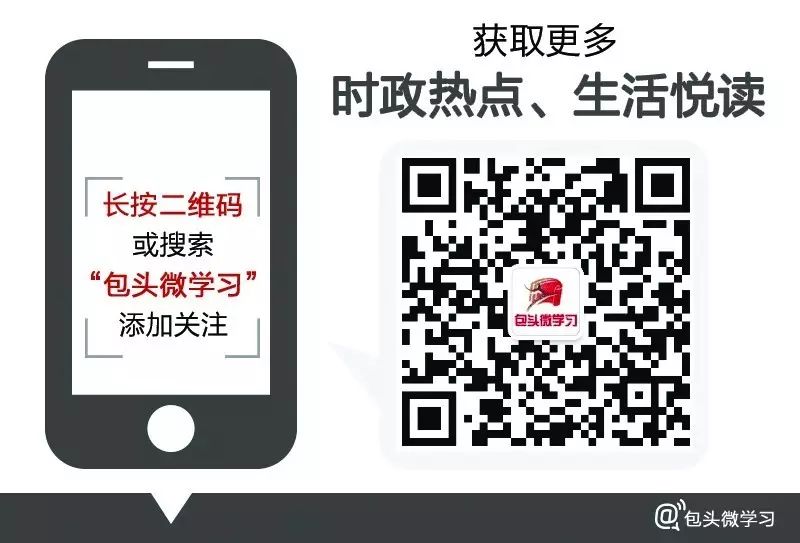
1. What Is the Internet of Things?
Internet of Things (IoT) literally means ‘the Internet of Everything’; it is a network that connects any object to the Internet using information sensing devices such as RFID, infrared sensors, GPS, and laser scanners, according to agreed protocols for information exchange and communication, enabling intelligent identification, location, tracking, monitoring, and management.
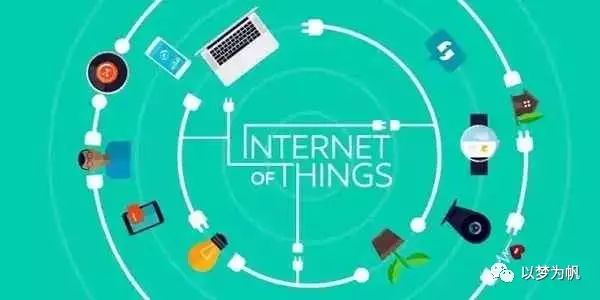
IoT is a dynamic global network infrastructure with self-organizing capabilities based on standard and interoperable communication protocols. Physical and virtual ‘things’ have identity, physical attributes, virtual characteristics, and intelligent interfaces, seamlessly integrated with information networks. IoT will form the future internet alongside media internet, service internet, and enterprise internet.
Too abstract and complicated? A netizen provided a more straightforward explanation: it gives each physical object an IP address to connect to the internet, allowing remote control of what needs to be done, such as turning on the air conditioning at home from the office, or “calling” a lost key.
2. The Difference Between IoT and the Internet
Internet: When people want to know something on the internet, someone needs to collect the relevant information and upload it to the internet for others to browse. A lot of work is required from people, making it difficult to dynamically understand changes.
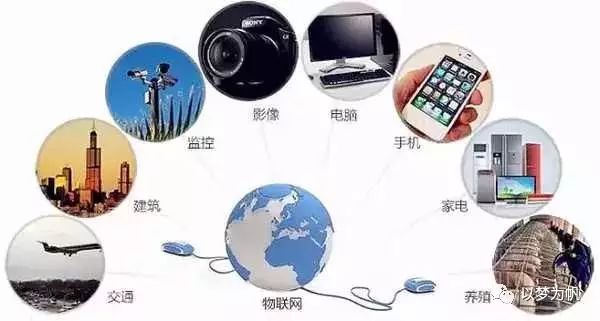
IoT: IoT extends the internet by using various sensing devices such as RFID, sensors, infrared, etc., to transmit information to receivers, which is then sent via the internet for processing through high-level applications, enabling remote monitoring, automatic alarms, control, diagnostics, and maintenance, thus achieving an integrated ‘management, control, and operation’ system.
In fact, IoT applications are already widespread across various fields, including public safety, traffic management, military defense, environmental protection, energy, industrial monitoring, logistics management, healthcare, and smart homes.
Next, Helike will share various application examples of IoT in smart homes. Through these examples, I believe everyone will gain a deeper understanding and appreciation of IoT while broadening their horizons.
3. Applications of Smart Furniture
>>>> Home Security: Real-time Monitoring of Indoor Conditions
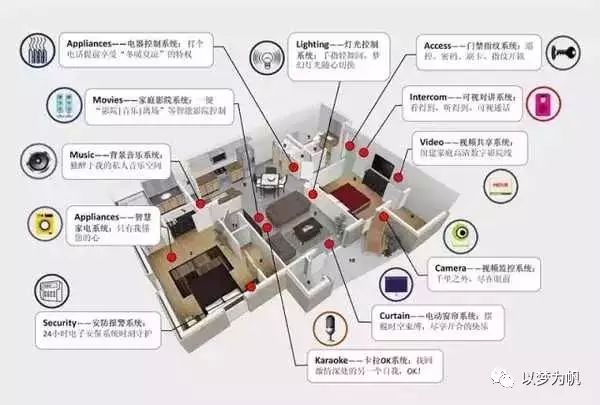
From a security perspective, a smart home security system can realize the level of alarm points in home security deployment using logical judgment to avoid false alarms; it can effectively connect through monitoring cameras, window sensors, smart doorbells (with built-in cameras), and infrared detectors for system deployment and withdrawal; users can also view real-time indoor conditions anytime and anywhere through mobile devices, ensuring home safety; in case of an alarm, the system automatically confirms the alarm information, status, and location, and can automatically seize the line during an alarm.
>>>> Air Conditioning Control: Remote Temperature Control, Personalized Customization
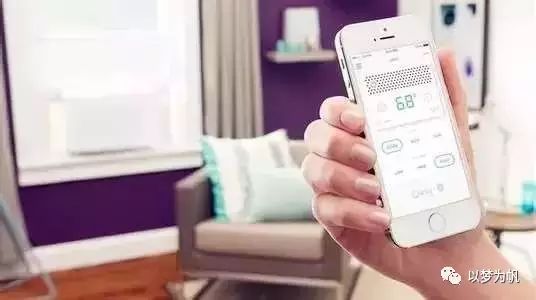
In hot summer and cold winter, adjusting the temperature in the home is very important. With IoT technology, we can control the temperature of each room through our mobile phones, customize personalized modes, and even achieve fully automatic temperature control based on users’ habits and GPS location.
>>>> Smart Washing Machine: Remote Control, Intelligent Washing
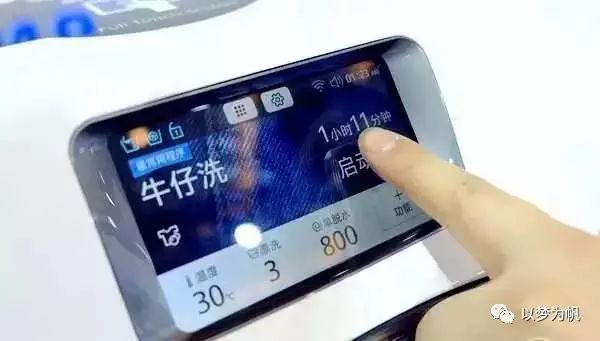
RFID technology allows the washing machine to recognize objects. Functionally, a smart washing machine can be remotely controlled via computers, mobile terminals, etc., allowing real-time queries of the washing machine’s working status, and returning relevant information through the control system; it can also judge the peak and valley status of the smart grid, recognize time-of-use pricing information, and intelligently adjust the washing machine’s operating status to save energy; various entertainment features allow users to listen to music, browse pictures, and watch videos while doing laundry.
>>>> Refrigerator: Information Transmission, Inventory Updates, Recipe Suggestions
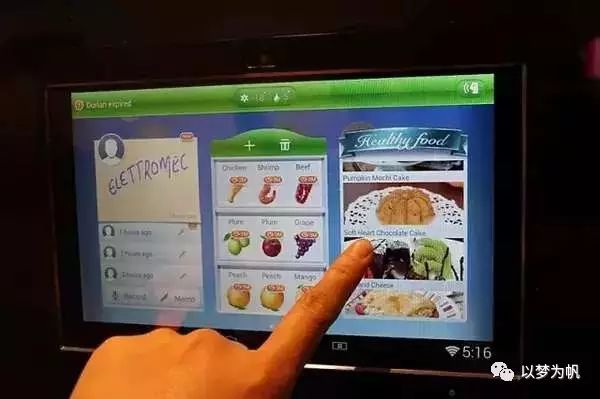
A smart refrigerator is one that can be intelligently controlled and manage food intelligently. Specifically, it can automatically switch refrigerator modes to keep food in optimal storage conditions; users can check the quantity and freshness information of food in the refrigerator anytime and anywhere via mobile phones or computers; it can provide users with healthy recipes and dietary restrictions, and remind users to replenish food regularly.
>>>> Smart Oven: Mobile Control, Recipe Download
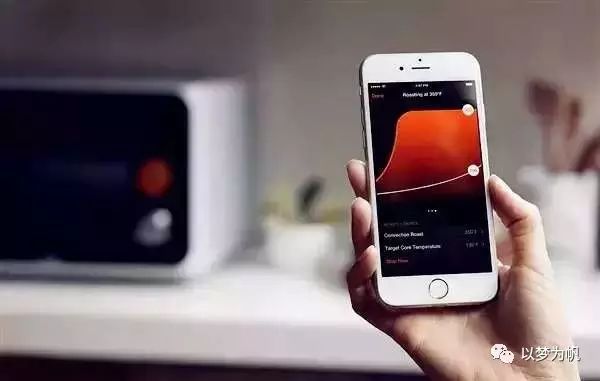
By adding Wi-Fi functionality to traditional ovens, users can control the oven temperature through mobile applications, including preheating and heating, and even download recipes for more targeted cooking methods. Not just ovens, some high-end coffee machines and cocktail makers can also be equipped with Wi-Fi functionality, and manufacturers periodically update coffee or cocktail menus, allowing you to recreate café or bar flavors at home.
>>>> Smart Toothbrush: Time Alerts, Oral Analysis
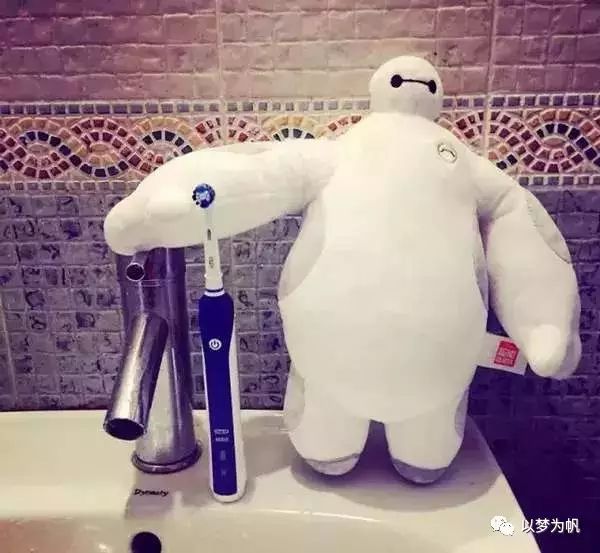
The toothbrush connects to a smartphone via Bluetooth 4.0, providing reminders for brushing time and position; it generates analysis charts based on users’ brushing data to estimate oral health conditions.
>>>> Smart Scale: Health Suggestions, Health Monitoring
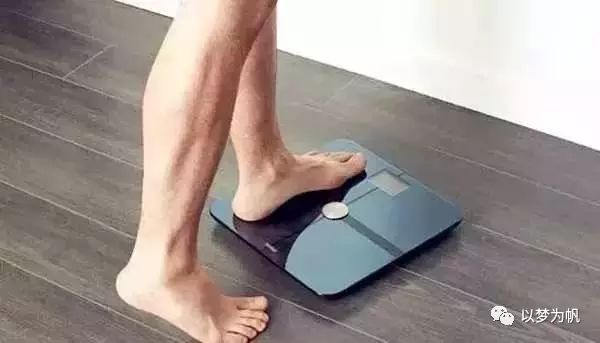
Through built-in sensors, it can detect blood pressure, fat levels, and even air quality, transmitting this information to applications for health suggestions, and can also connect with fitness bands, smartwatches, etc., for more accurate and seamless personal health monitoring.
>>>> Plant Monitoring Device: Monitoring Temperature and Humidity, Timely Reminders
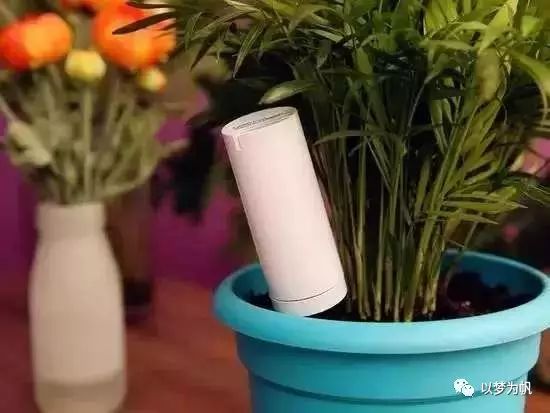
The device detects the growth environment of the plant through sensors and reminds the owner in a timely manner when the plant needs care. These sensing devices can monitor changes in the plant’s surrounding environment at any time, and when the environment does not meet the growth standards, the indicator light outside the pot will flash, and the thermometer and hygrometer will display the required values, allowing the owner to take effective care.
>>>> Smart Fish Tank: Automatic Feeding, Timed Sterilization

The most troublesome part of raising fish is the need for regular feeding, lighting for sterilization, and oxygenation. A smart fish tank can help you automatically feed at set times and quantities; automatically turn on and off sterilization lights; monitor the pH, salinity, and water temperature in the tank, and display this information via a mobile application.
Edited by Chen Zhenghan and Zhang Fan from Baotou Micro Learning
